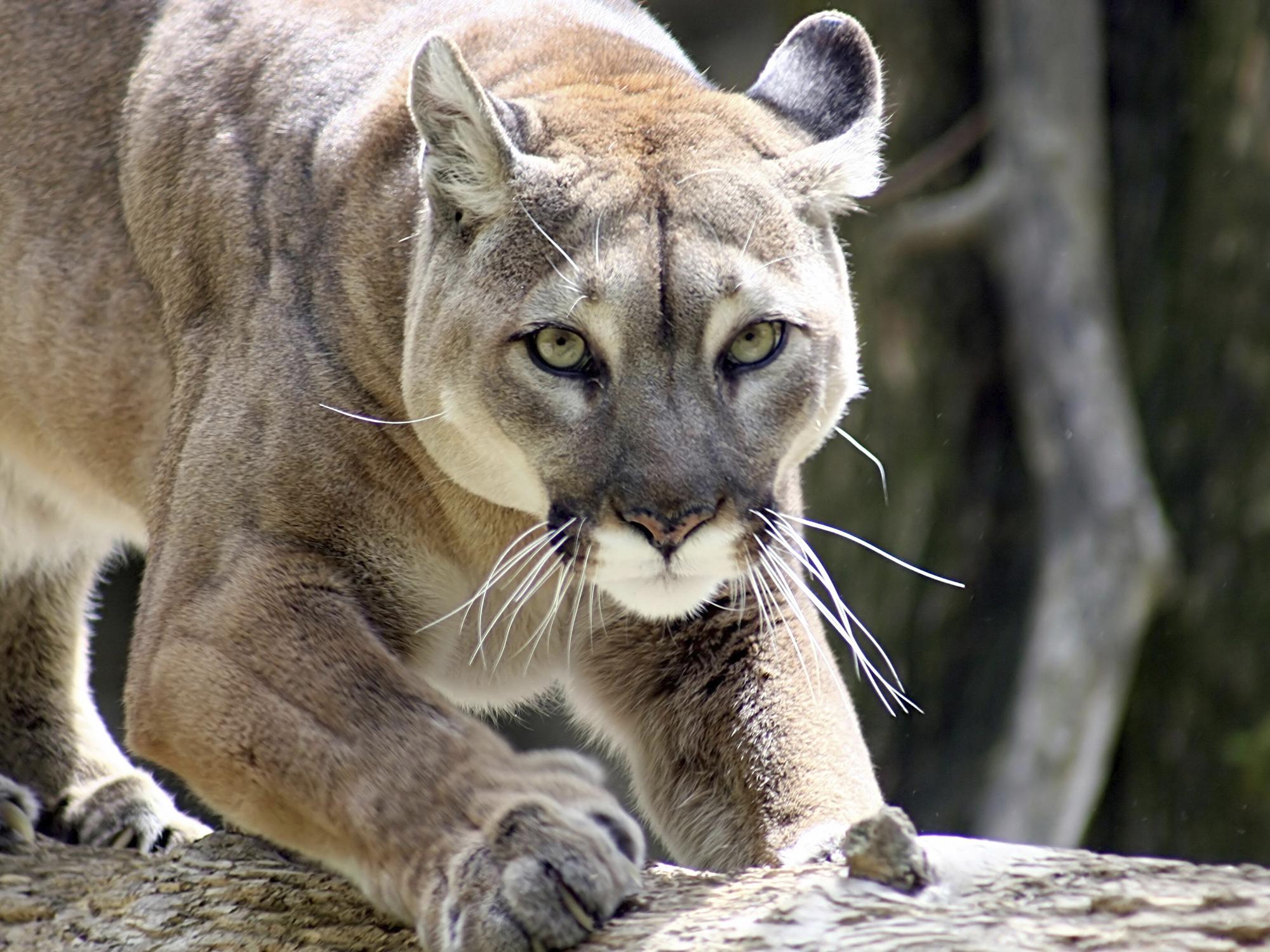Information Possibly Outdated
The information presented on this page was originally released on August 12, 2016. It may not be outdated, but please search our site for more current information. If you plan to quote or reference this information in a publication, please check with the Extension specialist or author before proceeding.
Should Mississippians fear lions, tigers, bears?
STARKVILLE, Miss. -- “Lions and tigers and bears, oh my!” Most Americans over the age of 30 will recognize this line from the “Wizard of Oz.” Dorothy and her friends were traveling the Yellow Brick Road through the dark and wild forest, worried they might encounter these fearsome creatures.
Unlike the Land of Oz, there was never any need to worry about tigers in Mississippi. However, lions and bears are part of the state’s natural heritage. Before European settlement, mountain lions (also known as cougars, pumas, panthers, catamounts or painters) were part of the native Mississippi landscape. These big cats fed on deer, elk and other large prey. Because of changes in their habitat and overharvest by humans, no wild populations of these big cats remain in the state.
Rumors of solitary lions or other big cats are common across the Southeast and Midwest. Most biologists credit these sightings to misidentification, released exotic pets or (rarely) animals passing through from places like Texas where lions still live.
Black bears were residents of the forests and swamps that once covered a large part of Mississippi. As in the case with cougars, bears slowly disappeared as their natural habitat was turned into farmland and towns. People also hunted too many bears for food, sport and safety concerns for families and livestock.
Unlike cougars, black bears once again call Mississippi home. Changes in hunting laws and recovered natural habitats have allowed bears to survive in pockets of the Mississippi, Pearl and Pascagoula river drainage basins. Most of these bears are thought to have originally come from neighboring states such as Arkansas and Louisiana that still had black bear populations. Although wandering males were among the first bears to find their way back to the state, biologists now know cubs have been born within our borders.
As the number of bears slowly increases, it will be important to remember this is still an endangered species in Mississippi. This protected status means it is illegal to shoot or harass black bears that may be in your area. If you do see a black bear, please report it to the Mississippi Department of Wildlife, Fisheries and Parks at 601-432-2400.
Lions and bears were not the only animals that caused some concern to early European settlers. Red wolves used to roam the forests of the Southeast. These animals are smaller cousins of the gray wolf found in northwestern mountain rangelands. As with the cougar, habitat loss and overharvest by people caused this species to disappear from the landscape. Interbreeding with coyotes also helped to put this species on the endangered species list. Today, only about 50 red wolves live in the wild in a small population in North Carolina.
Some would say the world is a better place without animals such as lions, bears and wolves. Others are thrilled with the thought of these animals living in the wild. The truth is there are costs and benefits to having bears and other such animals living in a human-dominated world. The goal of wildlife conservationists is to find the balance so there will always be a place for both.

Editor’s Note: Extension Outdoors is a column authored by several different experts in the Mississippi State University Extension Service.




